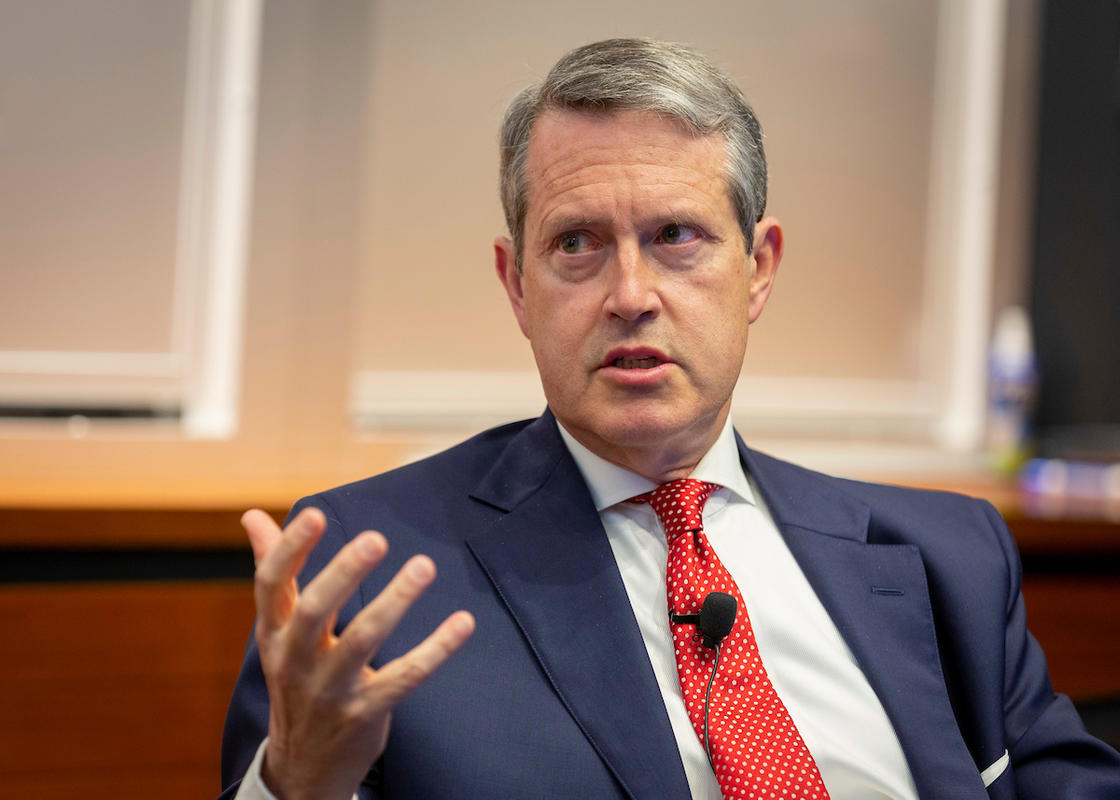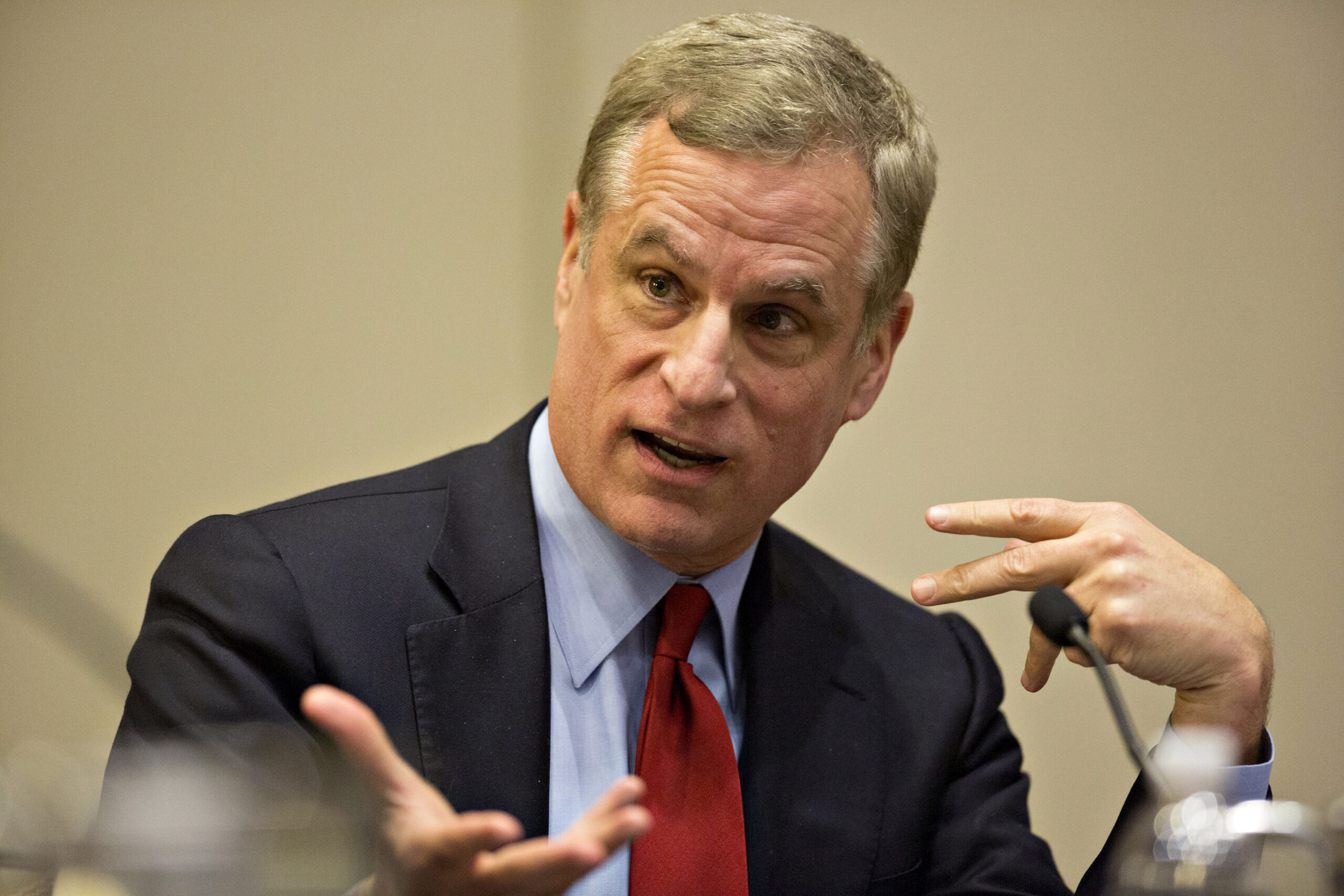The recent jobs report, which showed a very strong job market in May, makes it even more likely that the Federal Reserve will raise interest rates in June. If the Fed does raise interest rates, it would be the first rate increase since 2006 and a sign that the economic recovery is getting stronger.
Investors and analysts have been cautious about whether or not the strong employment numbers in the U.S. will continue to provide an economic lift for the Consumer Price Index, or the Fed will be forced to raise interest rates at a faster pace than expected.
The Federal Reserve Bank of St. Louis (FRB) released its latest jobs report, which showed that the U.S. unemployment rate increased to 4.1% in March, the highest rate in almost a decade. While this marks the first time unemployment has hit 4% since early 2009, the jobless rate is still the lowest it has been since the late 1990s. This report is also extremely important for the Federal Reserve, as it could be a sign that the US economy is weakening and the Fed needs to move forward with another increase in interest rates.
WASHINGTON – Friday’s jobs report will be crucial for the Federal Reserve in developing a plan to end the easy money policies that have sustained the economy and markets for more than a year.

The answers will help determine when the Fed will begin scaling back its expanded bond-buying programs and how it thinks about future rate hikes.
Policymakers expect a quick labor market recovery in the spring and summer, accompanied by moderate inflation. Such a scenario would allow the Fed to tighten monetary policy gradually and predictably, officials hope. But this path is treacherous. Just mentioning the end of soft money in 2013 led to turmoil in the bond markets, known as the Tapering Onslaught.
Recent data has made it difficult for the central bank to do its job. This month, the Labor Department reported an unexpected slowdown in job growth in April. At the same time, consumer prices rose by nearly double the Fed’s target. Policymakers believe supply shortages, including difficulties returning to work after months of isolation during the pandemic, may have contributed.
The Labor Department’s labor market report, due out Friday, will provide the first clue as to whether April’s decline in hiring was a fluke, as some economists suspect. It will also provide data on the return of workers to the labour market, which may address central bank concerns that labour shortages will lead to higher inflation.
Economists polled by The Wall Street Journal estimated that the economy added 674,000 jobs in May, up from 266,000 in April. Despite this improvement, it will take about a year for the labor market to return to February 2024 employment levels at this rate.
If employment increases significantly in May, the Fed’s announcement that it will reduce its bond purchases will come closer. Since December, the Fed has said it wanted to see more meaningful progress on the labor market before cutting its monthly purchases of Treasury and mortgage-backed securities by $120 billion since last June.
If my forecasts for economic growth, employment, and inflation for the next few months are accurate it will become important for the Fed to discuss our plans for adjusting the pace of asset purchases at future meetings.

Randall Quarles,
the Fed’s vice chairman in charge of oversight, said Wednesday.
Since the beginning of the year, employers have created 1.8 million jobs. Wage levels are still 8.2 million below the pre-pandemic peak, although the Dallas Fed notes that about 2.6 million of those workers are now retired and may never return to the workforce.
In mid-April, primary dealers surveyed by the New York Fed did not expect the Fed to slow the pace of its bond purchases until early 2024. It is assumed that the interest rate will remain at zero until the second half of 2024. Fed officials have not specified what they mean by further meaningful progress in the labor market.
The Fed expects hiring to pick up this summer as the economy recovers and states cut unemployment benefits, which became more generous during the Covid 19 crisis. By September, when schools reopen, these extended benefits are expected to be completely gone, an important test for the economy and the Fed in the months ahead.
Another important issue is the effect of these changes on inflation. The inflation the Fed prefers to measure, the price index of consumer spending, rose 3.6% in the 12 months through April, well above the Fed’s average target of 2%.
Newsletter subscription
Real-time economy
The latest economic news, analysis and data compiled by Jeffrey Sparshott of the WSJ on weekdays.
Politicians tend to regard this growth as temporary. One reason is that inflation has been below target for many years. According to them, the economy would need a slight increase in inflation for a short period of time to catch up.
Two issues could change this view and put the central bank on a tighter-than-expected monetary policy path.
The first is that businesses, households and investors are beginning to expect much higher inflation over the long term. Officials believe that inflation is partly a psychological game; if inflation is expected to be much higher, it will happen because people will raise prices and wages in anticipation of it. Fed officials track a number of measures of inflation expectations, including the central bank’s internal index of inflation expectations, the Broad-based Inflation Expectations Index, which showed expectations held steady at 2% in January.
Another problem is the balance between supply and demand, including labour. When there is a sufficient supply of labor, machinery, aircraft, hotels, and other components of economic activity, prices usually do not rise much, if at all. But shortages are driving up prices, and consumer demand has been very strong recently.
The Fed is now trying to determine how much of the labor supply will return as the economy recovers. The expiration of unemployment benefits should encourage some people to go back to work, officials say. But early retirement due to the pandemic may slow down this process. The central bank needs to understand how these forces interact.
We’re getting older. People are retiring faster, the Dallas Fed chairman said.

Robert Kaplan,
one of many officials who want to streamline policy sooner rather than later, during a virtual panel on the 21st. May. We believe that we can conclude with hindsight that the labour market is currently more difficult than the general statistics indicate.
In addition to hiring and wages, Fed officials will also look at the labor force participation rate in Friday’s report to see if labor supply is increasing to meet demand. A pickup truck would have reassured her. The constraints could raise concerns about the sustainability of inflation growth and force the Fed to revise its view.
-Michael S. Derby contributed to this article.
Email Paul Kiernan at paul.kiernan@wsj.com.
Copyright ©2020 Dow Jones & Company, Inc. All rights reserved. 87990cbe856818d5eddac44c7b1cdeb8

